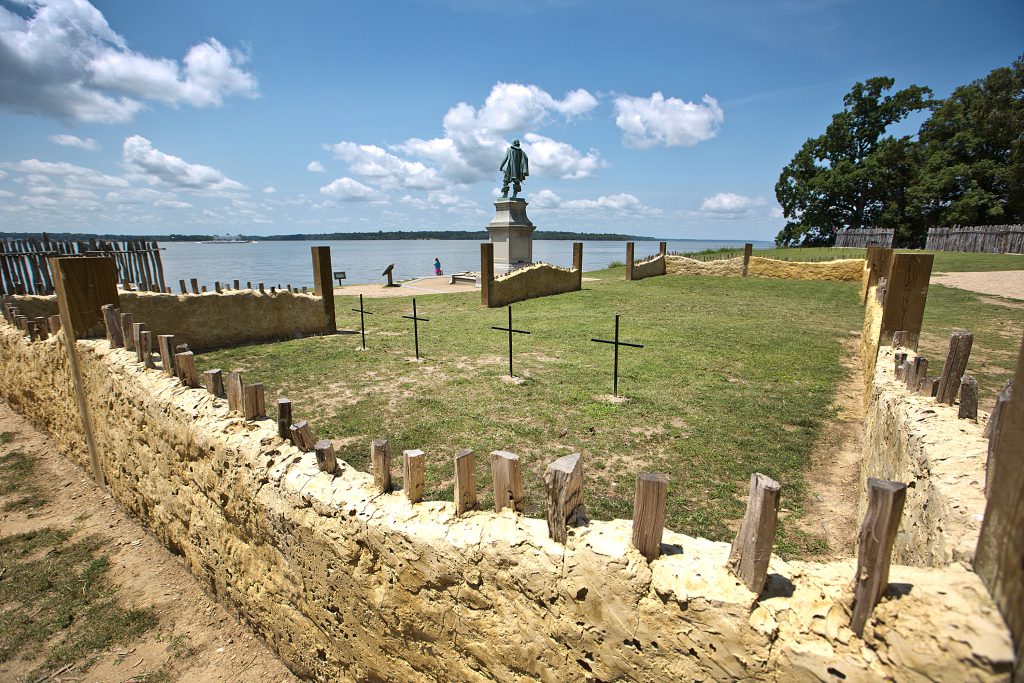Sea Level Rise Threatens Archaeological Sites

A 1-meter rise in sea levels will swamp more than 13,000 known archaeological sites in the southeastern U.S. alone, according to a new study published today in PLOS ONE. “That’s a terrible thing,” says archaeologist Sarah Whitcher Kansa, a co-author on the paper. “This study is a real wake-up call.”
Climate scientists predict that ocean levels could rise by a meter or more by 2100 as a result of melting ice and warming seas. Weakening ocean currents are already piling up waters on the U.S. east coast, making sea level rise for 1,000 kilometers north of Cape Hatteras, North Carolina, at three to four times the global average. The imposing waters pose a huge threat to coastal communities—and to the region’s heritage sites.
Anthropologist David G. Anderson of the University of Tennessee and colleagues have put a hard number on this threat by working with Kansa, executive director of the Alexandria Archive Institute, a California-based open-access data publishing nonprofit. Together the team has created the Digital Index of North American Archaeology (DINAA) to collate archaeological site information from regional agencies. Since 2012, DINAA has compiled data from more than 500,000 sites across 15 states in eastern North America.
The new research counts a total of nearly 33,000 recorded archaeological sites along the southeastern Atlantic and Gulf coasts, from Maryland to the Texas-Louisiana border, that are within 5 meters of modern sea level.
Threatened sites include Jamestown, Virginia, the first permanent English settlement in North America; historic Charleston, South Carolina; ancient shell structures in Florida; and countless sites of occupation dating to more than 10,000 years old. “Until you excavate a site, you don’t know if it’s a plain Jane site or if there’s something significant there,” notes anthropologist Brian Bates of the Longwood Institute of Archaeology in Virginia, who has done his own study on the threat of rising sea level to sites bordering the Chesapeake Bay. Out of about 300 sites surveyed there, they found that 28 are eroding so fast they will likely be gone within 50 years.
While an archaeological site can survive being underwater, sea level rise is causing more violent damage. “The sites don’t get submerged, they get obliterated by erosion as the water eats them away,” Bates says. “They’re getting ripped apart by wave action.”
“The rising tide is a careless archaeologist,” agrees anthropologist Carole Nash of Virginia’s James Madison University. Nash reported at the Society for American Archaeology’s annual meeting in Vancouver, British Columbia, this March how archaeologists scrambled to preserve sites after 2012’s Hurricane Sandy both exposed and washed away a huge number of cultural artifacts.
Archaeologists around the world are scrambling to document sites at risk from sea level rise. “It’s a huge problem worldwide,” says Anderson.
Anderson and his team are worried about the damage that might be done not just to coastal sites but also to areas that undergo rapid development as coastal populations are relocated. “The impact will be far greater than just those sites within a 1-meter flood zone,” says Anderson.
Some things can be done to protect threatened sites: The Cape Hatteras lighthouse in North Carolina, for example, was relocated more than 850 meters in 1999 to protect it from encroaching seas. Such major relocations are expensive but might be worth it if, say, the White House or the Lincoln Memorial become threatened.
But first, says Kansa, “We need to start better documenting these sites. We tend to look ahead about four years—a presidential term—and we need to look further forward. Some sites should be prioritized for excavation.”


































